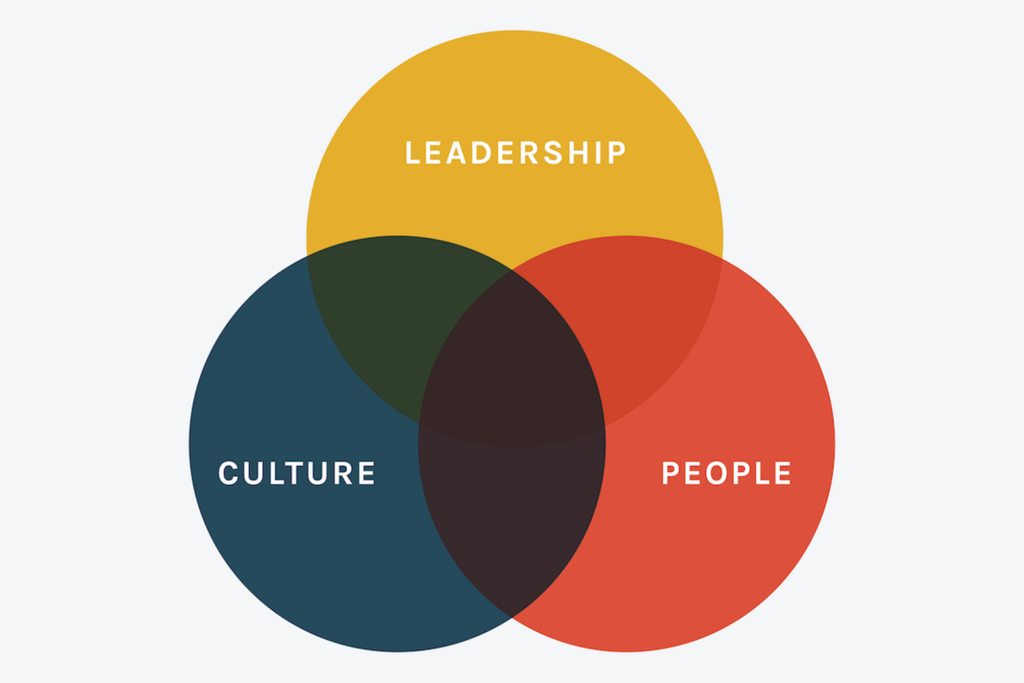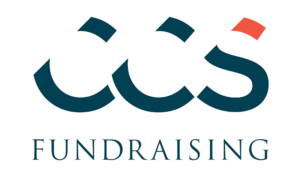In Revolutionizing Fundraising Part II: 5 Nonprofit Sector AI Application Examples, we shared some real-time insights into how nonprofits use AI to boost donor engagement and drive lasting impact. How do you then decide whether and how to use artificial intelligence at your nonprofit?
Access to groundbreaking AI services is likely to transform nonprofit efficacy in unimaginable ways. Although practitioners have used “traditional AI,” including machine learning and applied statistics, for decades, “modern AI” with Generative AI has brought AI into everyday conversations. Appropriate use of this exciting new technology has the potential to amplify workforces, eliminate time-consuming tasks, and refocus employee efforts toward mission-driven endeavors. As access to AI-driven software increases, these benefits will likely be available to nonprofits of all sizes.
While AI has enormous potential to help advance your organization’s mission, AI also means many things to different people. You may be wondering what the best way to use AI —particularly modern AI — at your nonprofit is. As you think about those use cases, whether public-facing endeavors or internal operations, ask yourself the following guiding questions.
How is your organization already using ai?
Programs such as Gmail, Salesforce, Canva, Grammarly, Photoshop, and Microsoft 365 all use AI to some degree, sometimes discreetly and sometimes as a customer-facing feature. Taking inventory of these programs may help your organization appreciate just how prolific and useful AI has become in the modern workplace. You may find it hard to learn about software that does not use AI to some capacity. The point of this exercise is not to dissuade your organization from using any specific software or tout AI’s superiority but rather to clarify the most methods of implementation. People often think of AI as a siloed program to engage with or not, but it is often a feature used to strengthen the systems we already use.
How Could implementing AI Affect Your Organization’s Workloads?
While AI tools can be a force multiplier and drastically increase worker output, they are not likely capable of replacing individual workers. Consider how you might address a reduced workload for certain workers.
- Could you give employees with more time new responsibilities that advance your organization’s mission?
- Will you need to change your organizational chart to accommodate shifting workloads and obligations?
If your organization is considering heavy use of AI to bolster its workforce, you should also consider more frequent means of reviewing employee output. Prioritize setting reasonable benchmarks and have recurring conversations with employees about realistic pivots in their workload toward mission-driven endeavors.
Would AI-Generated Materials Disappoint Your Donors?
Consider mass communications, such as event invitations, social media posts, and direct, personalized correspondence. Currently, there is no fool-proof way to tell if AI has generated written text, so properly proofread materials may go completely undetected by stakeholders and require less time from staff to create. However, AI can generate easily-overlooked inconsiderate or compromising content that would alienate your constituents.
Consider what content your organization is most confident about generating with AI support, and make sure your employees understand the rationale behind these decisions. Even if your organization implements text-generating AI to facilitate rapid, personalized electronic correspondence, thoughtful communication with potential donors is more challenging to replace. As text-generating AI becomes commonplace in the nonprofit workplace, personal connections among potential donors are becoming increasingly important. If AI has facilitated significantly reduced workloads, use this opportunity to foster deeper relationships with your prospective donors.
What Could AI Pricing and Legal Troubles Prompt?
Programs such as ChatGPT are free or inexpensive for now, but their price model may change. If your organization implements services like these, it will be worthwhile to avoid unfettered access.
- How quickly could your organization adjust to changes in access to specific AI software?
- What if lawmakers passed laws to limit or stop using the AI programs of your choice? How would you recuperate costs in building your custom application?
- How would you meet the exact needs with a different solution?
Numerous pending lawsuits may set new standards for how AI and copyrighted materials interact. Currently, copyright law does not protect works created solely by AI, even if a human uses their own prompt to generate content, so think about this carefully when deciding what materials your organization will be starting with AI tools.
What Risks Come With Early Adoption of AI at your nonprofit?
Often, being the first mover in the marketplace places you at an advantage as it allows you to experiment and learn for a longer time than those who wait. But good opportunities are rarely without risk, which you must evaluate as you consider using the latest tools.
- How do you estimate the value of being the first to adopt new tools? What if the shiny tools are only polished and not functional?
- What if you build something, but the tech changes so fast that any custom development might be obsolete?
- With Generative AI, there are other reputational risks, too: What if significant hidden costs exist related to issues important to your organization, such as environmental damage from data center cooling?
You must weigh the potential benefits against the potential costs and risks to determine if being an early adopter makes strategic sense for your organization. Consider running small-scale pilot projects to test the new tools before committing fully. We also recommend having an exit plan ready if the tools do not deliver on their promised capabilities or have unacceptable hidden costs.
Can Your Nonprofit Rely on AI-Generated Materials?
Generative Text AI often presents biases based on the data it has trained itself on, so you will likely need more than a cursory review of generated materials to catch problematic content. You might be able to review and edit one or two bodies of text, but when you create hundreds of variations, what if something slips through?
- How might you respond if your organization made a biased or otherwise controversial statement generated by AI?
A better approach would be to consider AI-generated text as draft zero rather than the first draft. What about images? What if the pictures contain almost invisible patterns that some find offensive but fail to recognize? Although people can interpret the written word differently, viewers’ perception of images varies wildly. While using AI to create social media captions can save time and require little effort to proofread, longer-form materials have more opportunities for errors and likely require more time from more employees to screen correctly.
Nonprofit ai Implementation: unprecedented potential
We hope these thought exercises have proven helpful for you and your organization to decide if and how to implement this exciting new technology. It can feel daunting to embrace and implement disruptive new technologies when they emerge. However, with proper consideration and thoughtful implementation, AI has the potential to advance your nonprofit capacity in ways never imagined.
More Insights
Your Fundraising Forecast Template for 2024
Projecting fundraising revenue can always feel daunting, especially during economic and political uncertainty. CCS Fundraising is here to help you plan for 2024 and beyond with tactical guidance and a downloadable fundraising revenue forecast template.
DEI in Advancement Services: Q&A With CCS’s Felecia McCree and Vered Siegel
Learn why and how DEI principles should be integrated in advancement services through our conversation with CCS Fundraising’s own Vered Siegel, Senior Director, and Felecia McCree, Senior Director, Systems.

